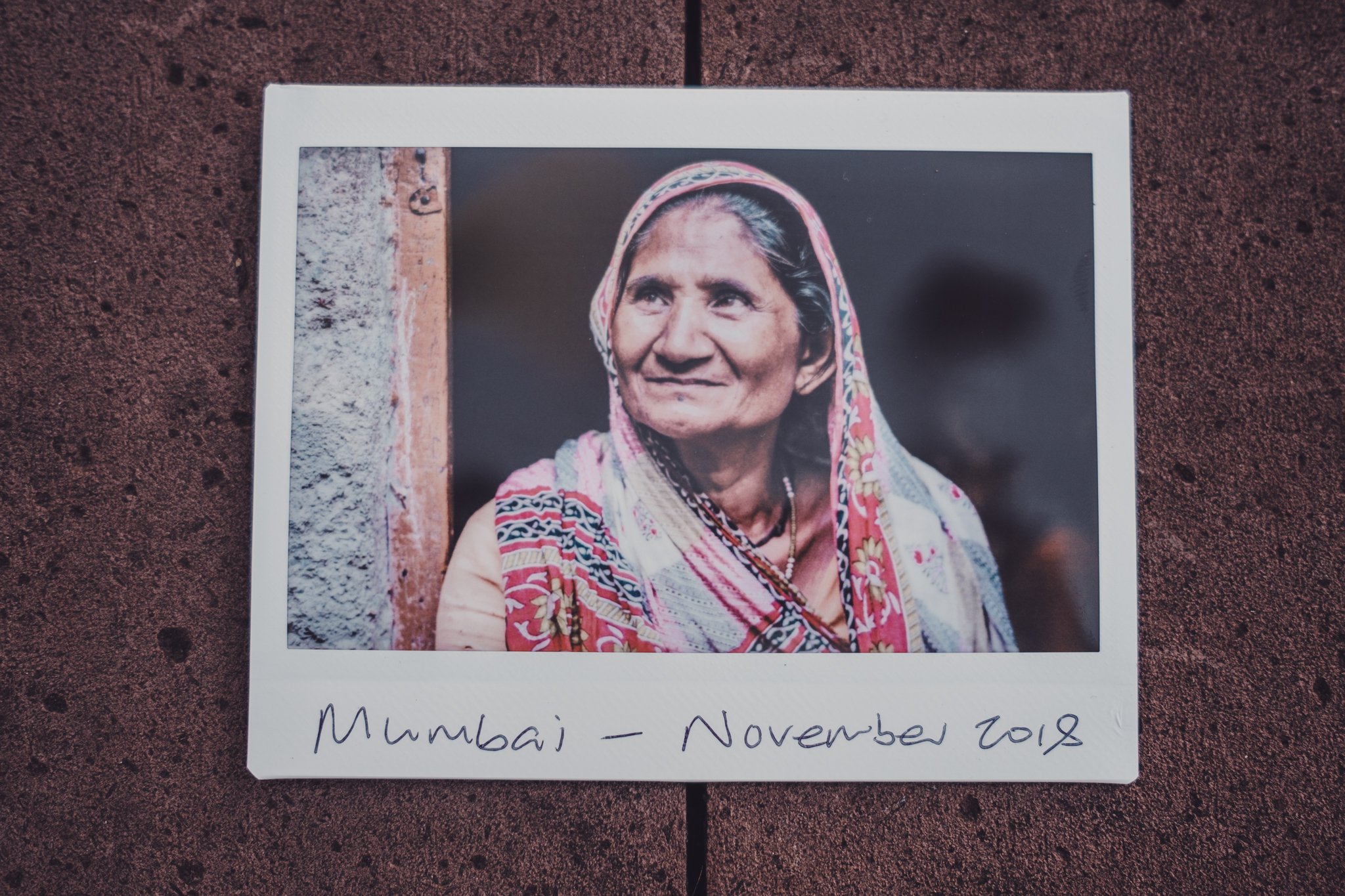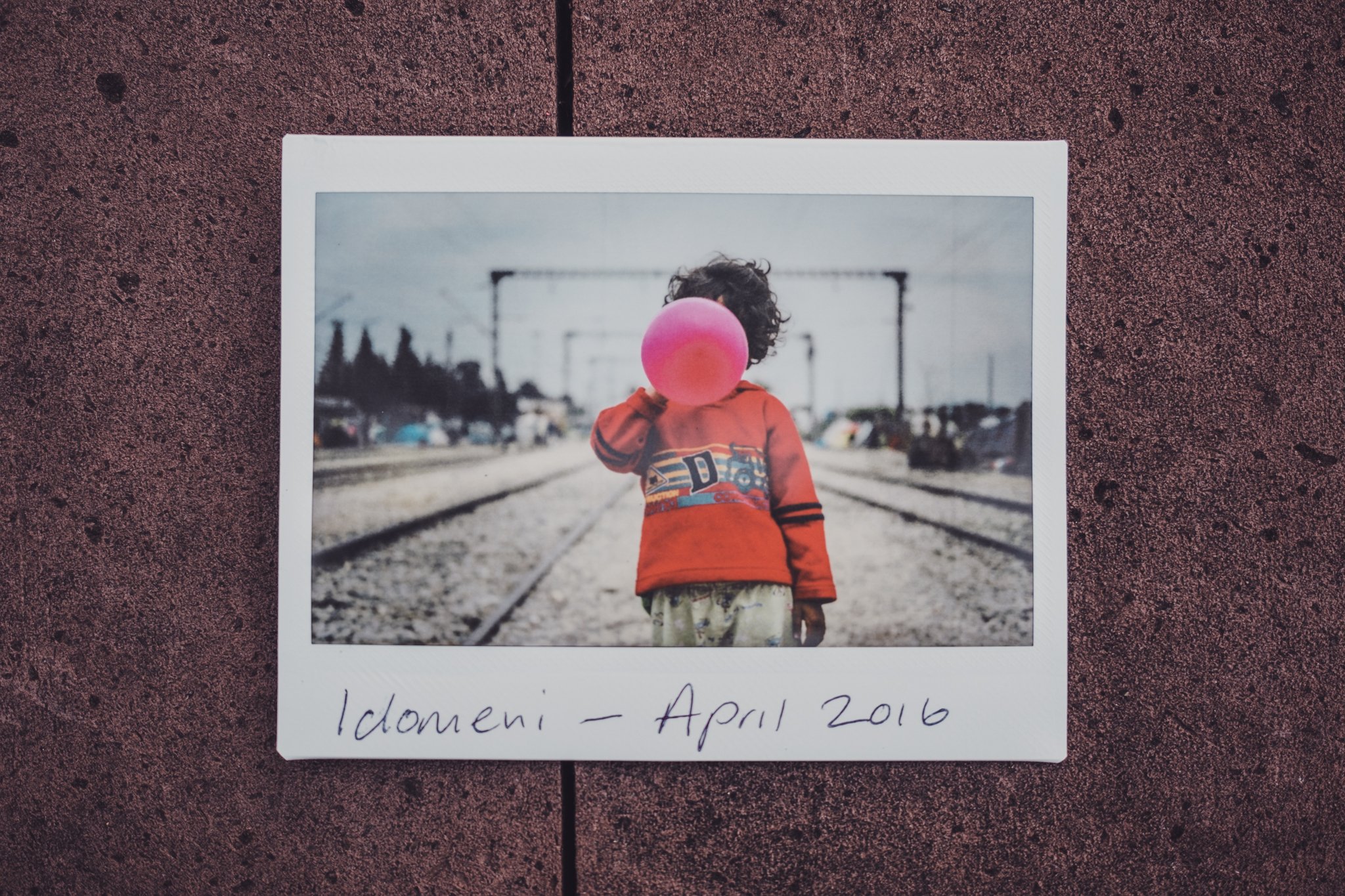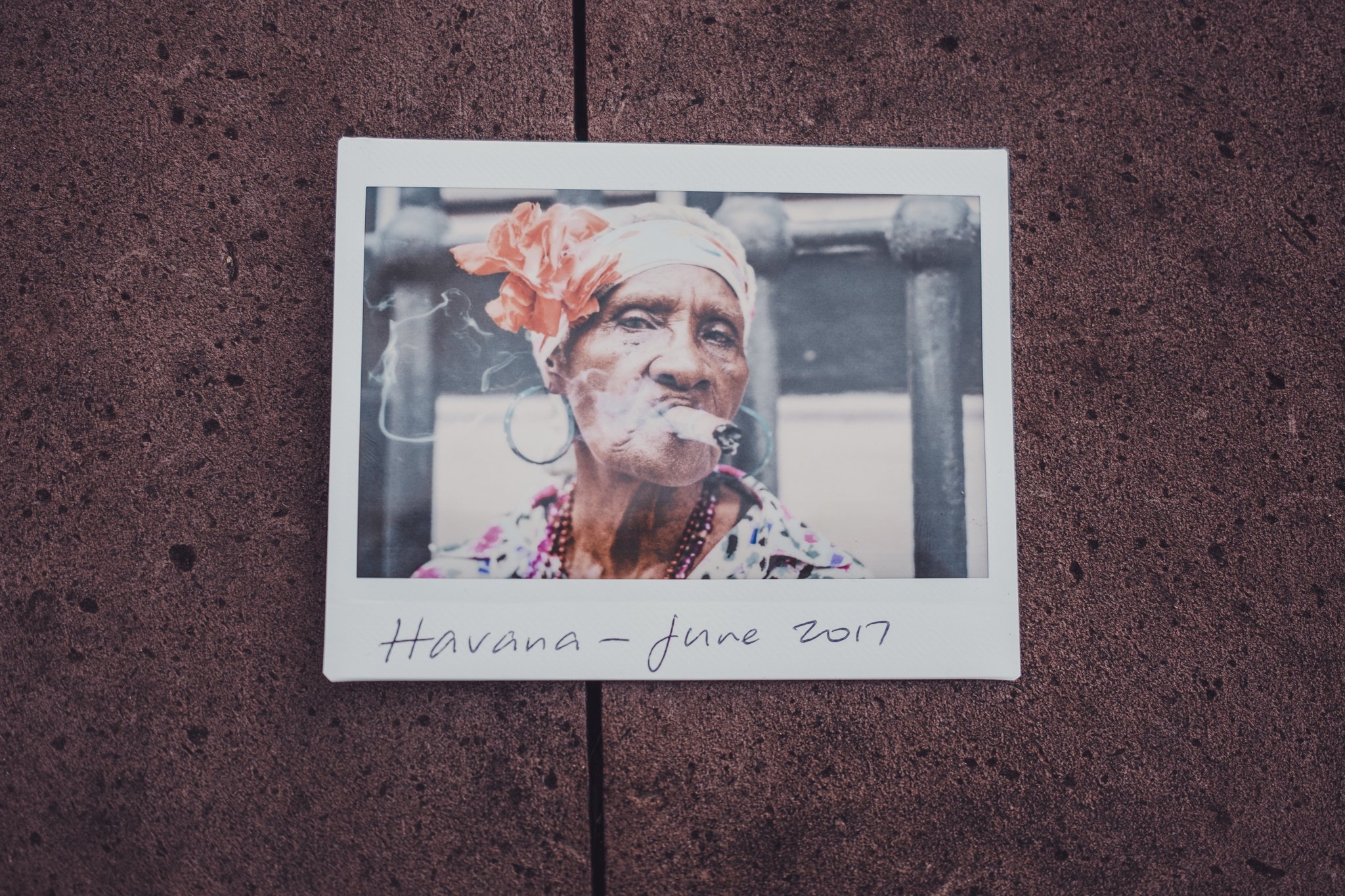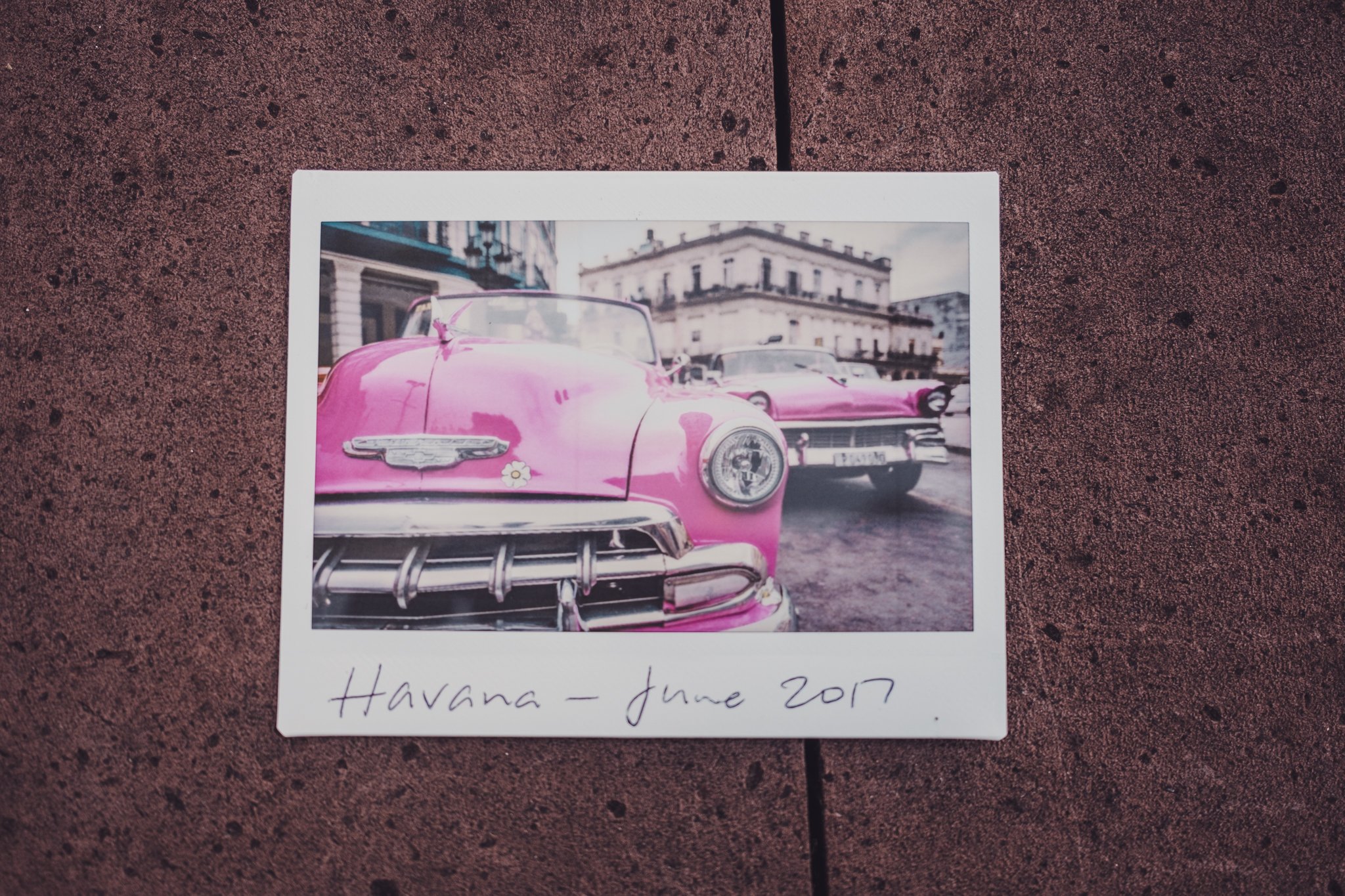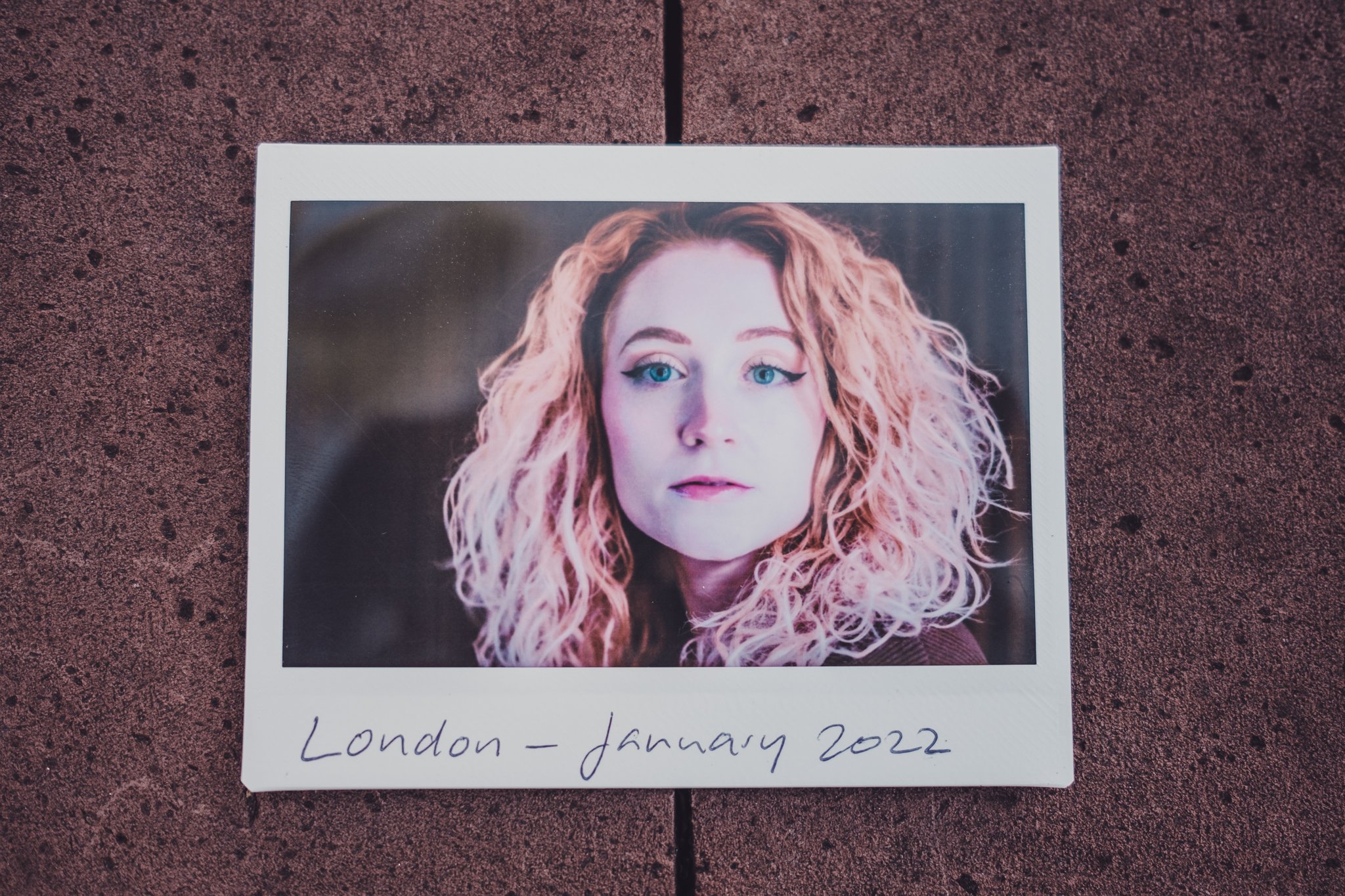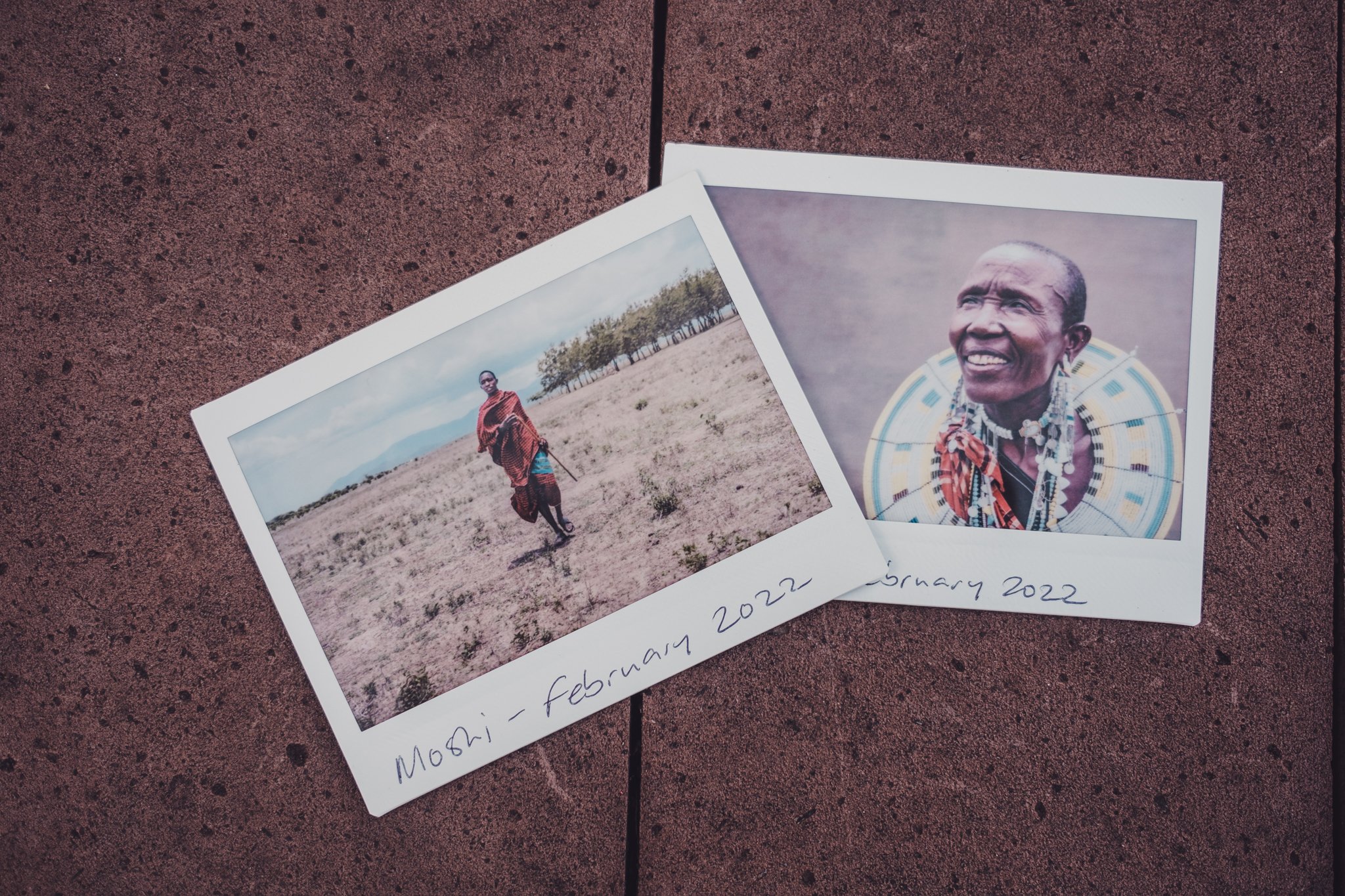A Box of Memories
Do you remember photographs? I mean real photographs — the kind you hold in your hand, not view on your phone. For those who are too young to remember (or those of you who are old enough but want to enjoy a walk down memory lane), let me share with you what is was like to capture moments on film rather than on a sensor.
A young Paul Choy in the 1970’s.
I know exactly when I got my first digital camera: June 2000. I know because all my professional and family photographs since that date have been digital. And being the obsessive-compulsive I am, I have maintained a meticulously organised library of images, in date order, ever since. Before that, I used point-and-shoot film cameras, and all those photographs are stuffed into a very unorganised box of memories that I have dragged to every place I have lived around the world.
Shooting photographs back then was a process; you couldn't just whip out your camera and fire off shot after shot as you can today. Most film rolls were limited to 24 exposures (36 if you could afford the posh film), so you had to be selective with what you photographed, choosing which memories to preserve and which to let slip away.
It required the sort of patience which doesn't exist today, not least because there was no way to view the photograph until the film was sent away for processing. It wasn't unusual for weeks to pass before being able to view the pictures. Even then, there would be at least a few with the sticker-of-shame from the lab explaining that those photographs were so overexposed that there was nothing they could do to save them.
Without a doubt, though, the very best thing about physical photographs, rather than electronic images, is the rediscovery. It is what happens when you make the mistake of opening that box of memories you have dragged to every place you have lived. Your whole afternoon disappears as you pick up picture after picture, reliving the memories each represents. And then you call your family members into the room so they can also lose their afternoon as they start digging through all the photographs scattered over the floor. It is so much more of an experience than quickly passing your phone around the table before some notification pings up to distract from the moment.
Working as a tour guide in Spain in the 1980’s.
There is a certain irony that we are living through the most documented age in history, and yet, if we are not careful, history will know almost nothing about us because it is all digital. It is a possibility which is by no means a far stretch of the imagination. After all, how many homes around the world today have a cupboard full of old VHS tape gathering dust simply because they don't have a suitable device to play them? How many memories have already been lost, trapped in obsolete file formats? And that technology is only a few decades old. What about a few centuries years from now? It might be that future technology is sufficiently backwards-compatible that our current file formats, JPGs, MP3s, heck, even animated GIFs, will still be available to view, even hundreds of years from now. But are we prepared to take that risk?
That is why we should go back to printing our photographs. It sounds so simple, yet it is so important. There is no need to print every picture we have ever taken — history doesn't need the thousands of cute cat pictures you have taken to share on your social media — but we should undoubtedly print the photographs which mean something to us. Otherwise, it won't be long until there is nobody left who can remember losing their afternoon after opening their box of memories. What a tragedy that would be.

